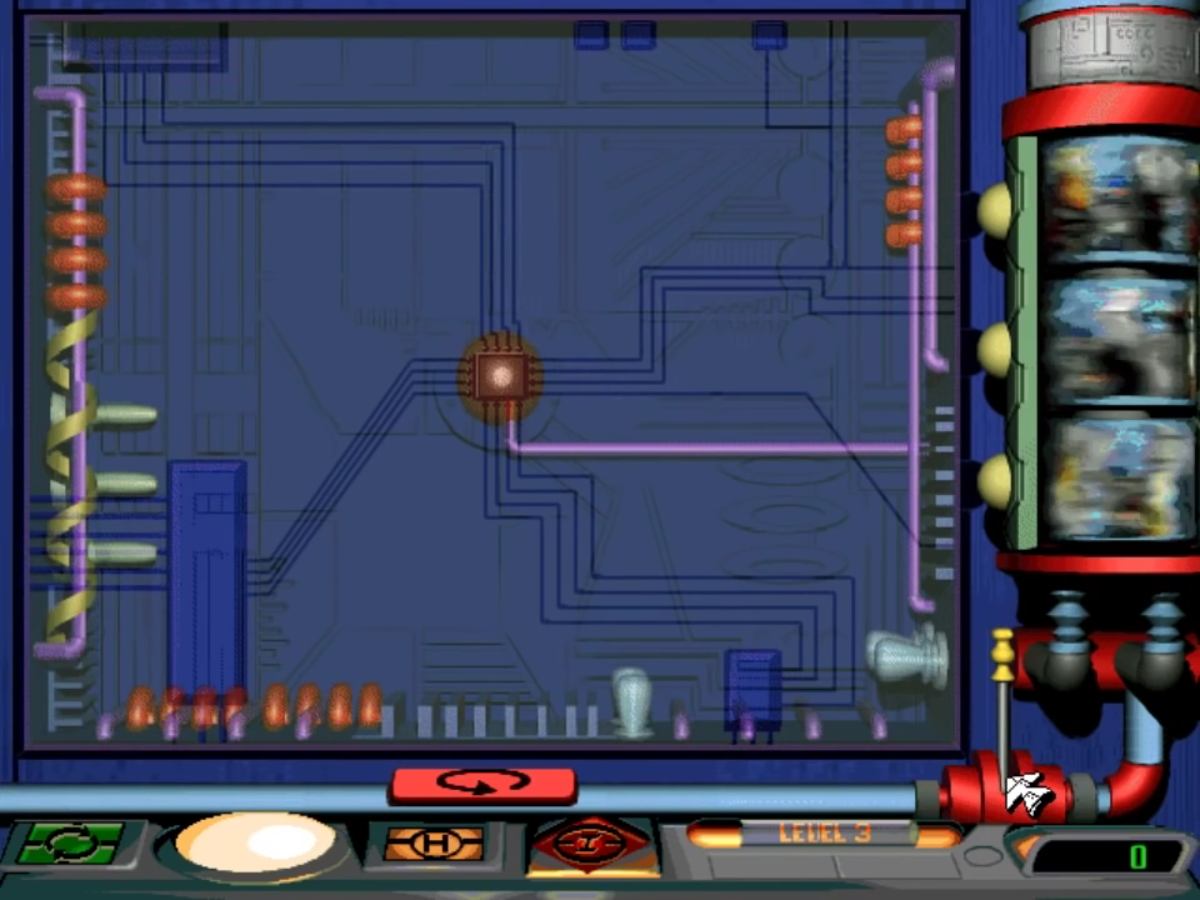
In 2000, when the Taliban were last in power, there were just 100,000 girls in school, out of a total 1 million schoolchildren. The shifting attitudes may be part of a broader trend in support of education. “If they don’t allow girls to go to this school now, there will be an uprising,” said village elder Abdul Hadi Khan. Several public girls’ schools were burned down in 2007 in the province. Two village elders recounted the shooting death of Mirajuddin Ahmed, Sayedabad’s director of education and a vocal supporter for girl’s' access to education. Ten years ago, the Taliban were at the forefront of a deadly campaign targeting government officials in Wardak, with particular venom reserved for those campaigning for girls’ schools. “Based on what we see now, somehow the Taliban doesn’t seem to be the same as how they behaved before,” she said. In most districts, the Taliban have prohibited girls ages 12-17 from going to public school. It remains unresolved whether they can continue after that. When completed, they should be ready to enter Grade 7. The program enables girls without formal schooling to complete six grades in three years. Wali Khan, a madrasa teacher by training, got the job in Wardak because most educated women had left for the capital. To everyone’s surprise, they allowed the project to go ahead, even using the previous government’s curriculum - though they have introduced more Islamic learning and insisted on gender segregation and female teachers. By the time centers were scheduled to open, the Taliban had taken over in Kabul. International funding was secured, $35 million a year for three years to finance 10,000 such centers. Taliban interlocutors were initially reluctant to embrace the idea, but an agreement was eventually reached in November 2020, said Jeanette Vogelaar, UNICEF’s chief of education. began working on a program to set up girls’ learning centers in conservative and remote areas, including ones under Taliban control at the time, like Sayedabad district where Salar is located. In the absence of a building, lessons are held in Wali Khan’s living room. The school opened two months ago, marking the first time in 20 years girls in the village have ever stepped foot in a classroom, or something like it. In three hours, the students, ages 9-12, will cover Quranic memorization, mathematics, handwriting, and more Islamic study. When she repeats again, he exclaims, “Afarin!” - “Excellent,” in Pashtu. Merely three words of classical Arabic escape her lips when Wali Khan interrupts, correcting her pronunciation. With a stick in hand and furrowed brow, he calls on the girls to recite from the Quran. But what the school will become - a formal public school paving the way to higher education, a religious madrasa, or something in between - is uncertain, like the future of the village and the country.īy 8 a.m., 38 small faces framed by veils are seated on a carpeted floor looking up at their teacher, Qari Wali Khan. That insistence helped push the Taliban to accept a new, small school, funded by international donors. 15 fall of Kabul which consolidated Taliban control across the country.īut even in Salar, changes are afoot, beginning with the villagers’ insistence on their local elementary school for girls. Many villagers supported the insurgency and celebrated the Aug. The ideological gap between the Taliban leadership and the rural conservative community is not wide. In Kabul and other cities, public discontent toward the Taliban is focused on threats to personal freedoms, including the rights of women.

Still, they fear a worsening economic crisis and a drought that is keenly felt in a province where life revolves around the harvest.

Those displaced by fighting are returning home. Residents of Salar, which has been under Taliban hold the past two years, are embracing the new stability now that the insurgents’ war with the U.S. The community of several thousand, nearly 70 miles from the capital Kabul, serves as a microcosm of the latest chapter in Afghanistan’s history - the second round of rule by the Taliban - showing what has changed and what hasn’t since their first time in power, in the late 1990s. But she draws the line on one point: Her daughters, ages 13, 12 and 6, must go to school.įrom a bird’s eye view, the village of Salar is camouflaged against a towering mountain range in Wardak province.


 0 kommentar(er)
0 kommentar(er)
